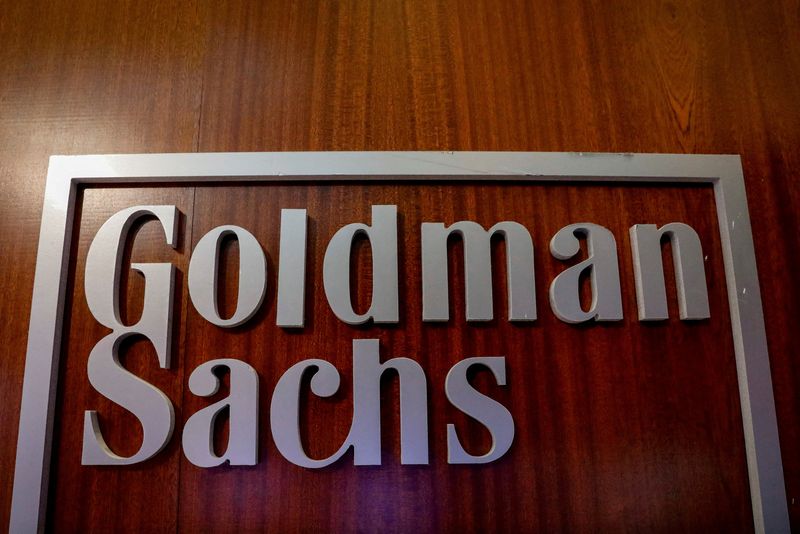Commodities key for diversifying portfolio risk, says Goldman
2022.10.24 13:11
[ad_1]

© Reuters. FILE PHOTO: The Goldman Sachs company logo is seen in the company’s space on the floor of the New York Stock Exchange, (NYSE) in New York, U.S., April 17, 2018. REUTERS/Brendan McDermid
(Reuters) – Commodities remain a key asset class for diversifying portfolio risk despite continued underperformance to their own fundamentals given a strong dollar, rising recession fears and declining liquidity, analysts at Goldman Sachs (NYSE:) said.
“Oil and pockets of the agriculture sector offer investors welcome opportunities for portfolio diversification at a time that the tactical outlook for other asset classes remains cautious,” the Wall Street bank said in a note.
The bank forecast returns of 12.8%, 21.1% and 34.9% on commodities over a three-, six- and 12-month horizon, respectively, on the oil-heavy S&P GSCI Commodity Index.
Over a 12-month period, the bank forecast returns of 46.7% from energy, 29% from industrial metals and 23.8% from precious metals.
Commodity markets have come under pressure as rapid interest rate hikes globally dampened the outlook for economic growth and demand.
“Even if the macro picture remains blurred, commodity markets, particularly oil, also follow their own tempo, driven by micro fundamental factors and OPEC+ cuts, low stocks and low spare capacity that is supporting prices,” Goldman Sachs said.
Oil prices have fallen more than 30% since scaling above $139 per barrel in early March, while base metals have been impacted by COVID-19 flare ups in China and global slowdown worries. [O/R] [MET/L] [GOL/]
Base metals are the most levered to the dollar and global growth, Goldman said, noting “that upside risks created by a potential LME (London Metal Exchange) ban and tight micro fundamentals make shorting metals risky.”
Gold prices, meanwhile, have declined more than $400 since exceeding the key $2,000 per ounce mark earlier this year.
Goldman expects gold to potentially rally to $2,250 per ounce in case of a sizable U.S. recession and fall to $1,500 per ounce in an ultra-hawkish Federal Reserve scenario.
“Silver and platinum have underperformed gold this year, and we believe that an improvement in the global industrial cycle is needed for them to reverse this underperformance,” it added.
[ad_2]
Source link








